Frequently Asked Questions
An advisory board’s purpose is to provide expert advice and guidance to company leadership. The company leadership hand-selects its advisors through a rigorous process to ensure the advisors are aligned with the company’s mission, vision, values, strategic direction, culture, and “holes and goals.” The SCALE process aligns holes, goals, and roles.
Advisory boards typically have 5-8 members. However, for larger companies that will form advisory board committees, there may be more advisors. Conversely, smaller companies can begin with 1-2 advisors.
The selection phase is the most important phase of the board creation process. We help leaders select the right people by leading them through a board-specific SWOT analysis to determine the most critical needs, and we seek out advisors that fill these needs. We ensure the candidates also align with the leadership’s vision of how they will leverage the advisors, how involved the advisors will be with the company, and how they will be available.
There are several key differences between advisory boards and boards of directors. The CEO is accountable to a board of directors; an advisory board is accountable to a CEO. An advisory board can not fire a CEO; a board of directors can. A board of directors offers fiduciary and legally binding guidance; an advisory board offers non-binding guidance. Typically, boards of directors have investors; advisory boards do not.
Advisory boards commonly meet quarterly, but frequency can vary based on the company’s needs. Some companies require much more frequent interaction; others prefer less. The C-level team often establishes the cadence for contact and communication that occurs outside of the boardroom too. These requirements are included in the board search document to ensure the company and candidates are on the same page from the beginning of the search process.
Advisory board members are often compensated, either through cash, equity, or a combination of both. It is important to pay advisors, even if it is a modest amount in the beginning. This demonstrates commitment to the board, belief in one’s own vision/company, and value for the advisor.
Legal responsibilities for advisory board members are minimal, mainly involving confidentiality and conflict of interest disclosure.
One can measure an advisory board’s effectiveness by tracking implemented advice, company growth, and leadership satisfaction. Establishing metrics at the outset is essential.
We recommend that advisory board members sign a 1-year agreement, which allows maximum flexibility at the end of year one for both parties.
There are many advisory board best practices, including setting clear agendas, encouraging open discussion, and following up on action items.
Ensure diversity and inclusion by intentionally seeking diverse candidates and using inclusive recruitment practices. It is statistically proven that strong board diversity delivers strong financial results.
Conflicts of interest include competing business interests or potential personal gain from advice given. Through a rigorous interviewing process and strong legal protection, companies can usually avoid COIs.
Onboard new advisory board members by providing a company overview, clarifying expectations, and introducing them to key stakeholders.
All companies can benefit from an advisory board, It is one of the most effective strategic growth initiatives a company can implement.
Remove underperforming advisory board members gracefully by having clear term limits, conducting regular evaluations, and having honest conversations about fit.
